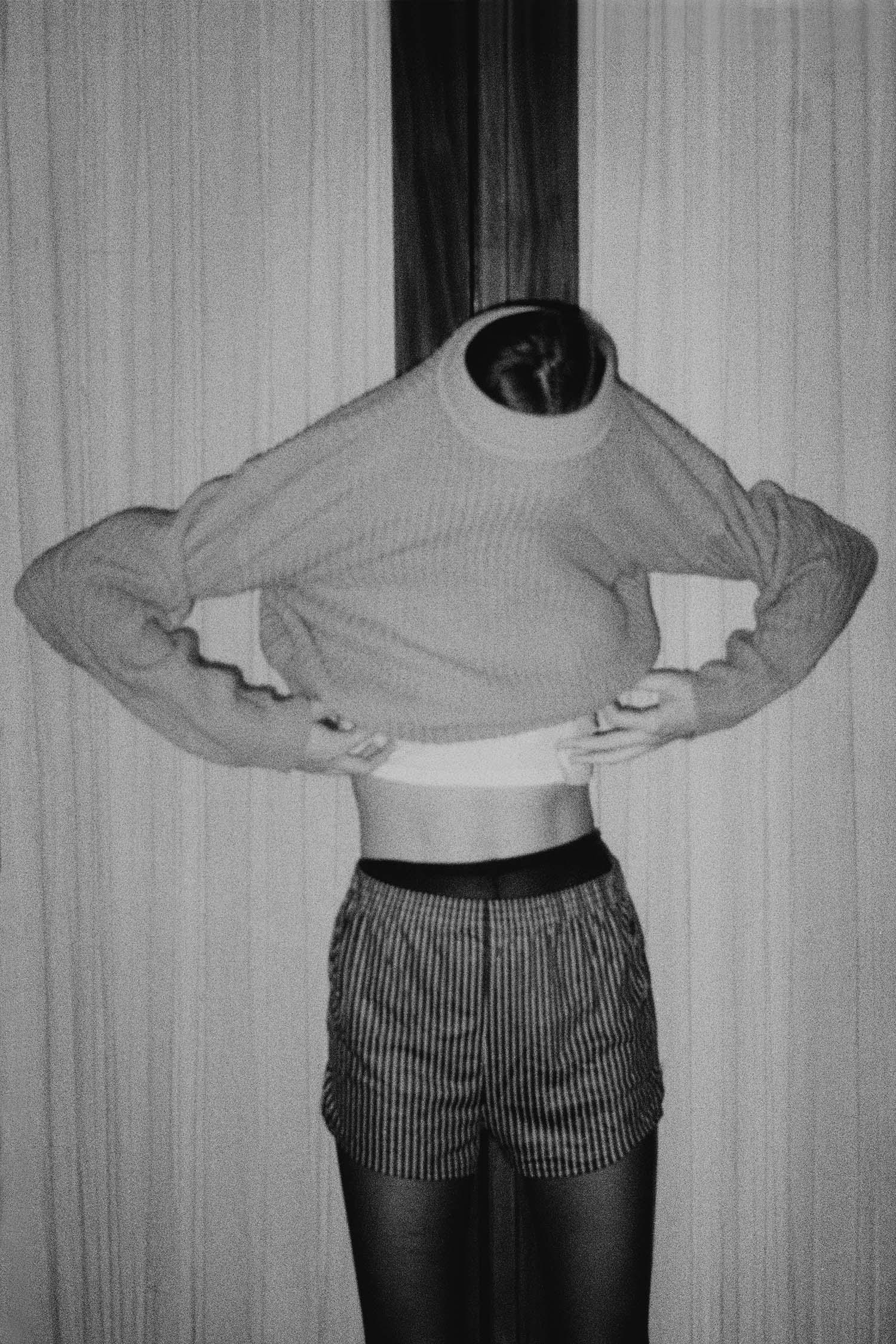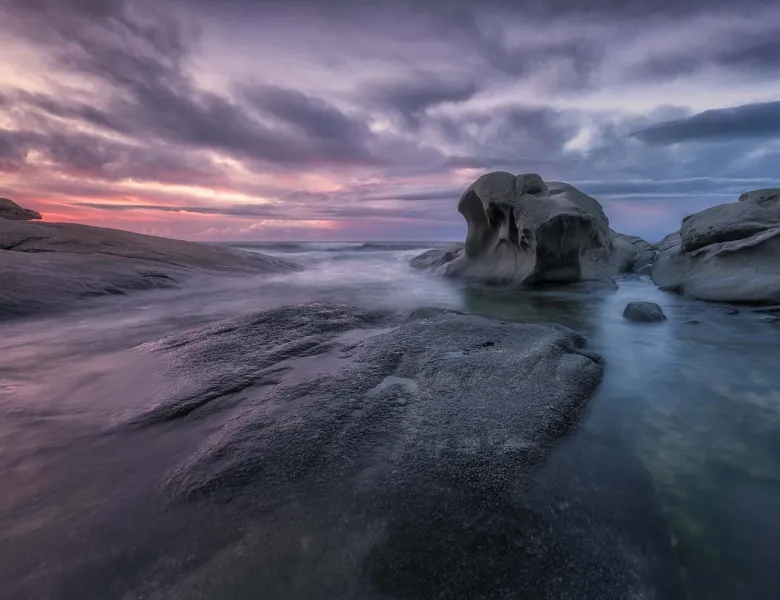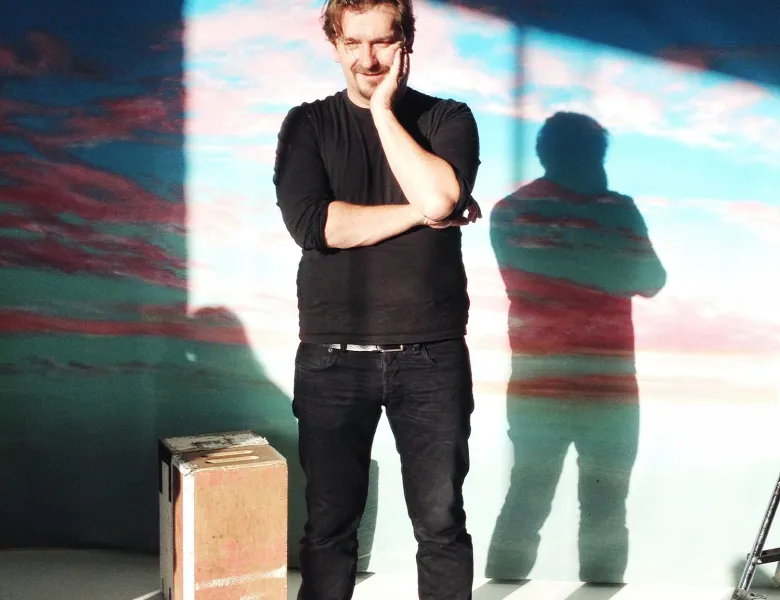"Go to fairs and look at the differences between every gallery"
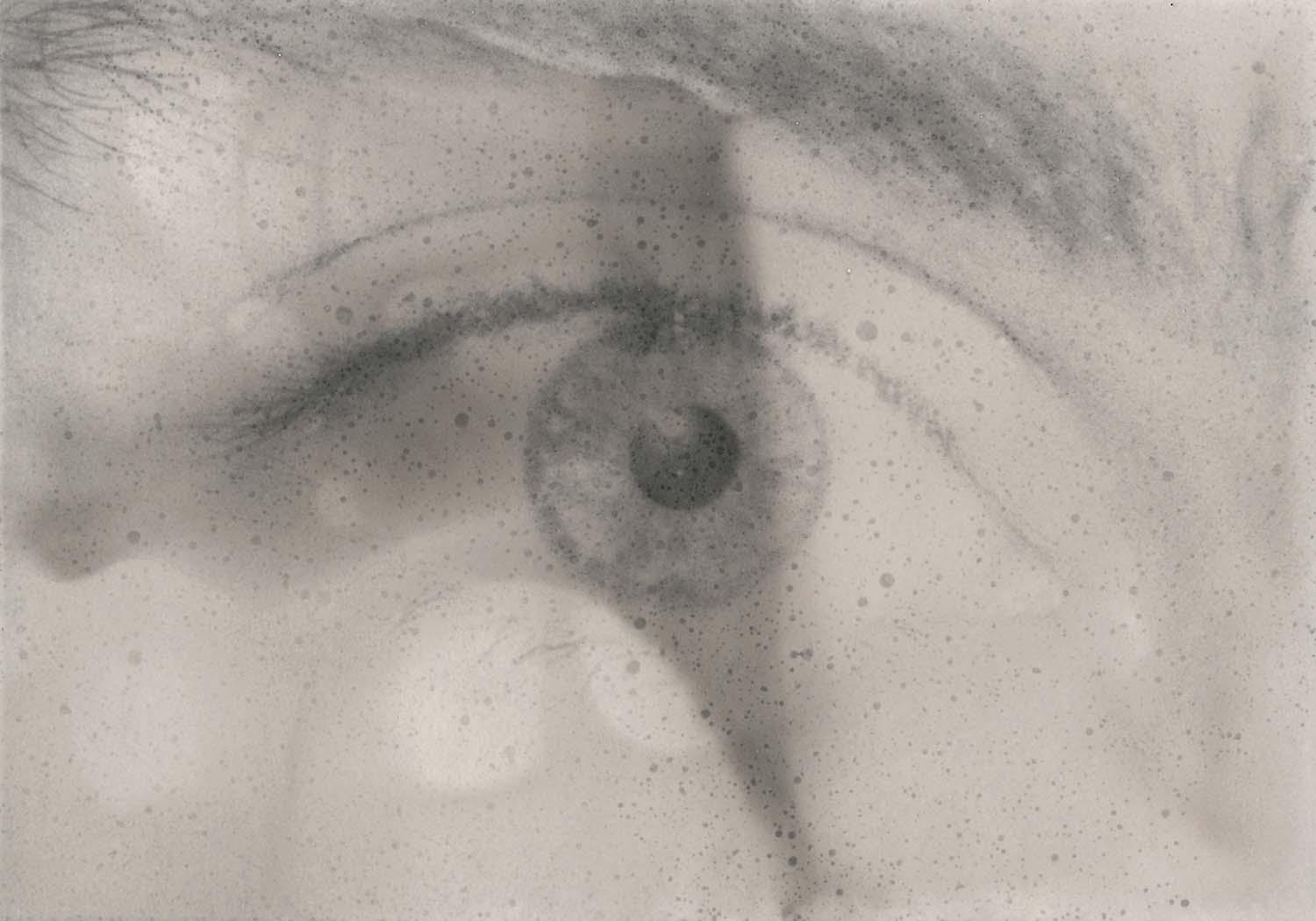
Julie van der Vaart is a photographic artist and educator born in Maastricht, The Netherlands (1988), living and working in Belgium. Her black and white series was shortlisted in the Professional Conceptual category of the 2015 Sony World Photography Awards.
After obtaining a MA in Fine Arts, Photography at the Media, Arts & Design-faculty Genk and a MA in Art and Design at Sint Lucas Antwerp, Van der Vaart did a one-year residency at the Van Eyck Academy Maastricht. Here she focused on the production of self-published photobooks of which ‘Beyond Time’ (2017) was her latest.
How did you become interested in photography?
When I was in high school I studied Science and Mathematics. Back then I was searching for something, to create something myself instead of only absorbing information. I did not know a lot about art or photography but I enjoyed flipping through magazines and books, looking at pictures.
In a rather intuitive way, I chose to study photography. When I started I thought I would go in the direction of fashion photography, but instead, I concentrated on portrait photography.
When I did my BA I mostly focused on a series of portraits of people looking into the void, being in a state of mindlessness. The images were shot digitally in color, all in natural light, and quite clean.
I won a prize in Belgium with one portrait and then was encouraged by my teachers to continue the work, but after a while, I felt as if I was only good at one thing and was repeating myself. So I was searching for something else. When I graduated I wanted to follow my intuition more, my feelings and thoughts were more honest, more direct, and more simple to work in analogue, to concentrate on the seeing rather than afterwards looking at the pictures (for me personally this change in medium changed the way I looked and worked).
Now I still work mainly with my analogue camera, mostly in black and white. I develop the film myself and for some projects print the photographs myself in the darkroom.
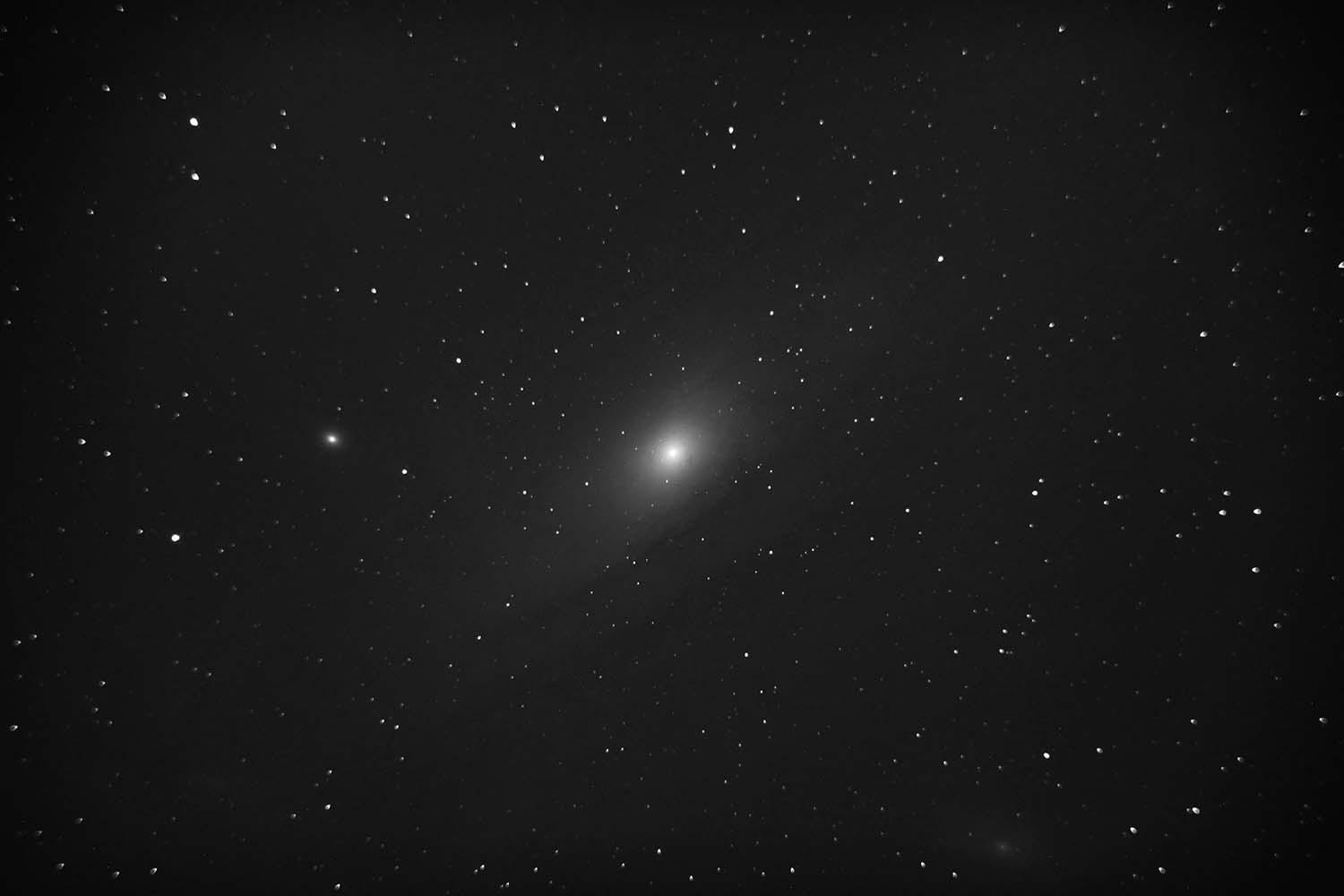
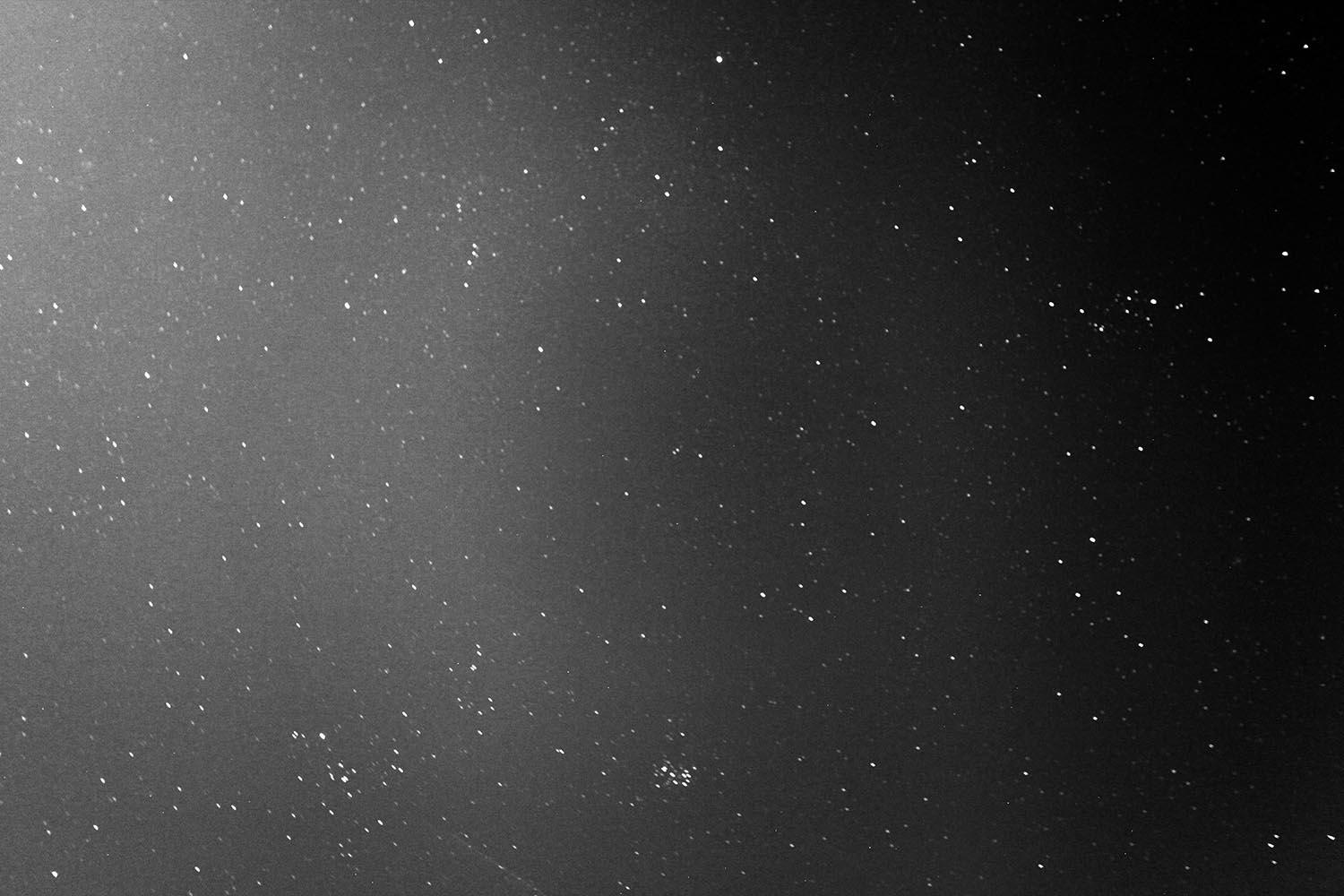
You have a Masters in Fine Arts, Photography and one in Research in Art and Design. Why did you choose to do both of them?
After graduating from Photography I found more my own style, working in a different way, focusing onanalogue and black and white andlandscapes and bodies, rather than portraits. I worked very intuitively, photographed what caught my eye, which was very good I think, but I felt my work wasnow lacking substance. I felt as if I was more happy about the images themselves, but there was not enough meaning behind it.
That's why I chose to do an extra studies in research, to give more “body” to the work. I find it important that there is a good balance between the images themselves that we can enjoy without knowing the meaning, and the meaning/idea behind it, a balance between form and content.
You did a one-year residency at the Van Eyck Academy Maastricht. How was the experience?
It was a very good experience. There are participants with all sorts of backgrounds in arts, from all corners of the world and we had group presentations as well as one-on-one talks with artists, curators and philosophers about our work. It is refreshing to have these totally different viewpoints on the same subject, you don't have to agree on everything but it's nice to look at your work with fresh eyes.
I went there because they have a great printing lab, I used my time to make 3 self published photobooks using risograph printing and for the first time I also worked with silkscreen printing. I never showed this work except to the people who came to the lab (there’s still a print hanging). I think it's good to try new things, even if it doesn’t fit fit the work right away, or you know what to do with it. Sometimes later the pieces fall together, or maybe not - but at least you went out of your comfort zone and tried something new.
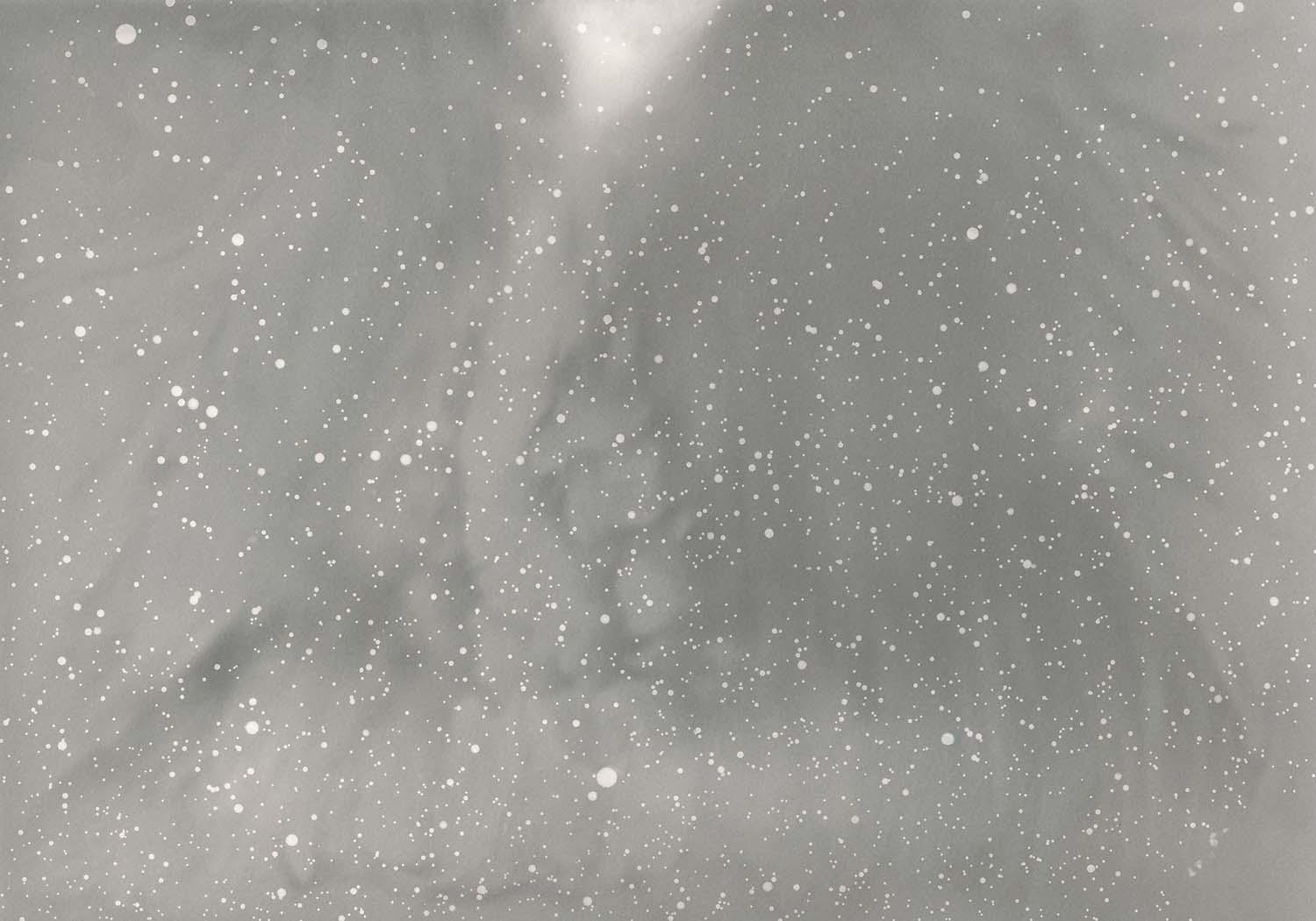
Can you tell us more about your photography process
So its two things that happen - I have a fascination and might want to do something with that but don't know how. I take photographs intuitively around the subject or I try anew technique, not really knowing where it may lead..
I think the two go hand-in-hand and sometimes I have photographs that I am happy with but that don’t fit what I want to tell at that moment, they go in the archive and maybe at a later stage when I am working on another project I can use them and combine them with new images. It's a bit of a puzzle for me, a dance between planned photographs, intuitive photographs, a chosen technique, my feelings and a concept and reading about that subject. And at a point it makes sense to me.
You published a photobook called Beyond Time (2017). Can you tell us about it?
For a long time I wanted to translate my fascination with time in my work, but I did not know how. Of course time and photography are always linked together, but I am talking about another sort of time. When I was a child I was very interested in space and time, and tried to imagine the infinite space surrounding us from all sides. I could imagine it very well as if the boundaries of my brain were dissolving. Growing up my fascination turned a bit into fear, I was thinking too much about how small we are, and about the infiniteness and emptiness of space.
After graduating I got my interest back and started reading books on astrophysics and I took an online course on the subject (through the Australian National University). The most interesting thing I learned was in the popular book “A brief history of time” by Stephen Hawking, when he talks about ‘Imaginary Time’. ‘Imaginary Time’ is the opposite of ‘Linear Time’ in which we seem to live - or at least this is how we all experience time. In ‘Imaginary Time’ you can more around, back and forth, just as in space. And in order to be able to move around in time, all that was and will be is “at the same time”. Hawking tries to visualize this as a sphere, like earth. The north pole would be the big bang, the south pole the big crunch and everything in between all the moments between those two events. I found this idea very interesting. It means that nothing ever really disappears, or even appears. It took me a while to figure out how to translate this into photographs, without it being to literal or unapproachable, and to still fit my visual language. I worked with analogue nude photographs I took of people, not showing their faces and sometimes in a bit an awkward position. I chose to use people as my subject for this because I can only think about this concept of time as a human.
I started to experiment with chemicals in the darkroom. The bodies seem to appear or disappear on the print, sometimes you see them very clearly and sometimes they are completely gone. They are here and not here at the same time. The dots and stains remind us of the stars and galaxies. I would say I had this idea years ago and started to really think about how to make it when I was doing my Masters of Research in Art and Design in 2014,but I only “finished” it in 2017 when I made the book. And actually I made new prints for the exhibition in 2018. For me, projects can be fluid - you can always change or add photographs.
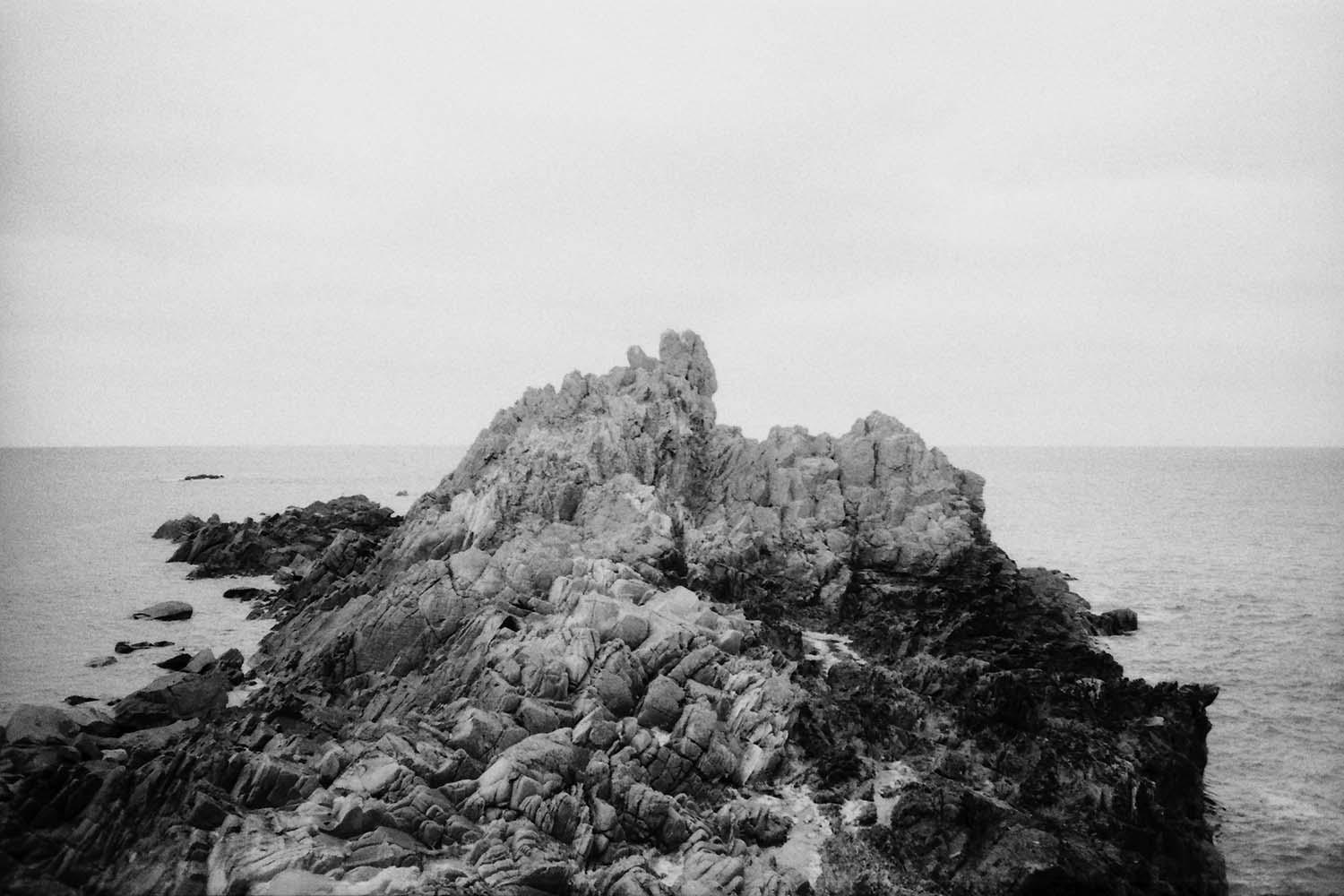
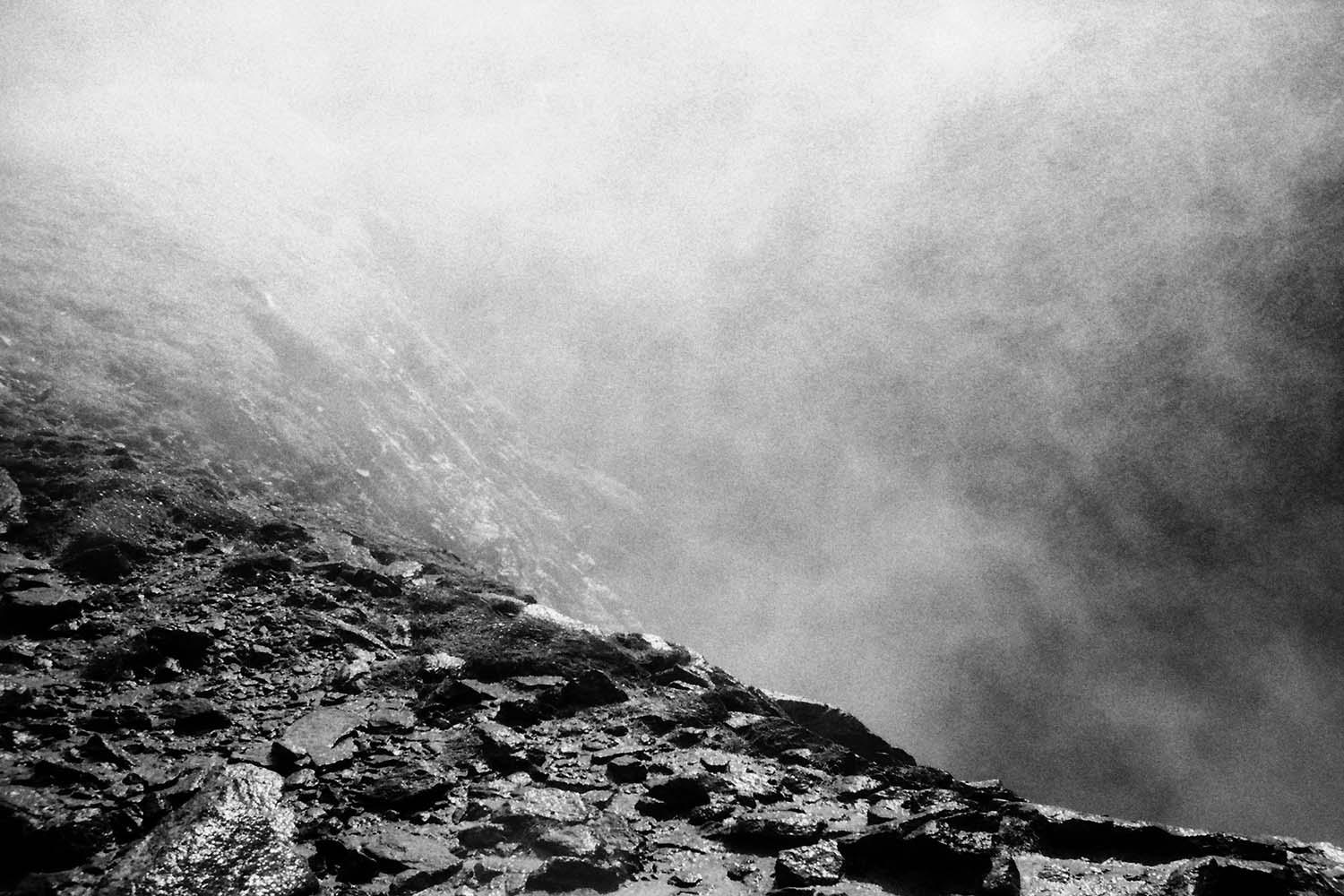
You recently had an exhibition 2018: "Beyond Time" at Ingrid Deuss Gallery...
I was very happy to work together with Ingrid. I really enjoyed the time we had talking and preparing for the exhibition. A few months after this, I showed the work again in a duo exhibition I had with my friend Debby Thijs at 44 Gallery in Bruges. I took a break afterwards , and am only now starting to look for an exhibition outside of Belgium (or the Netherlands). I have had quite a few exhibitions in my home countries (I consider them both home, as I live in Belgium at the border of the Netherlands and I am Dutch myself). I think it would be a logical step now for me to find a gallery in another country, in which my work would fit well.
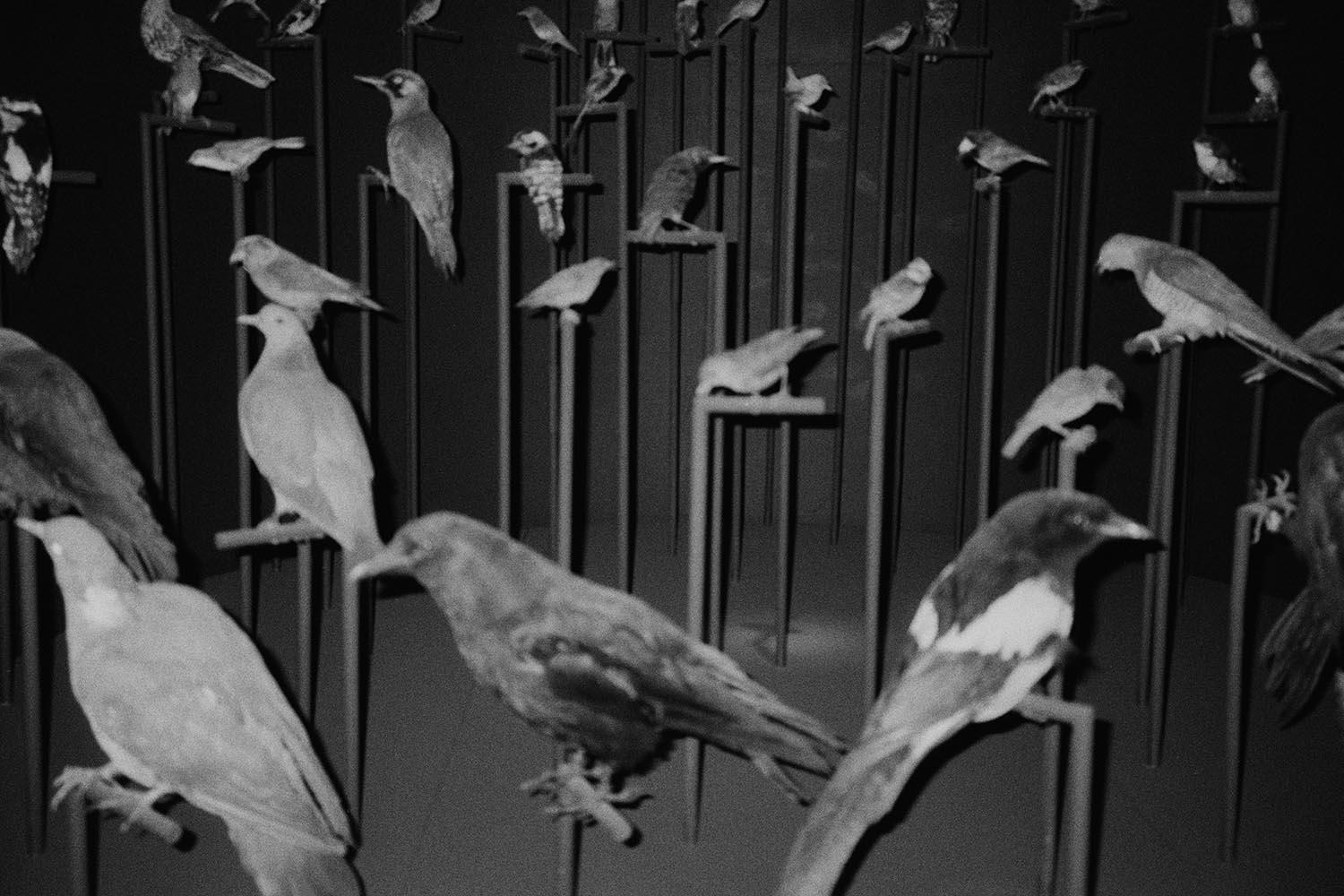
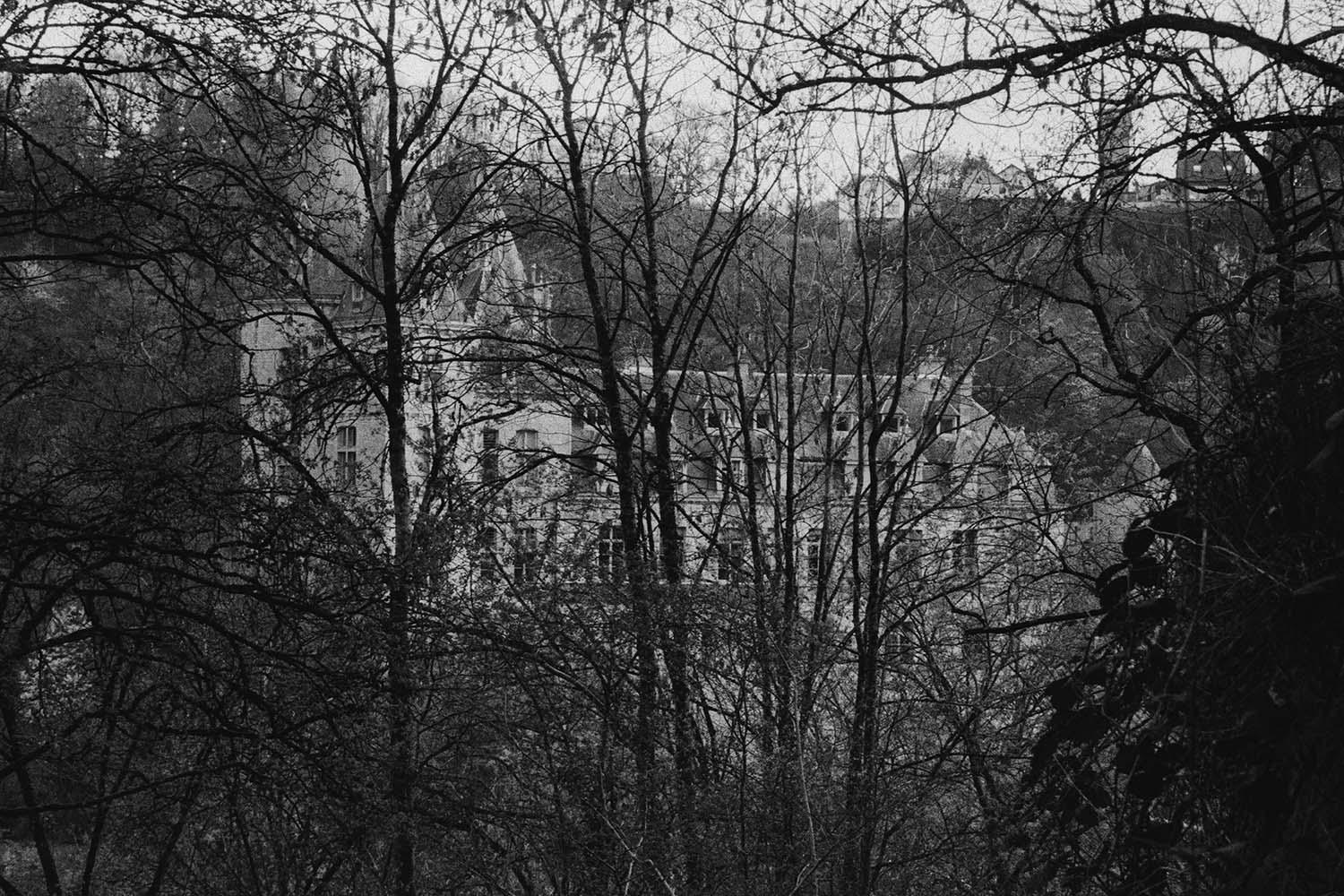
You are represented by 44 Gallery. Many photographers struggle to find a gallery -what is your suggestion and advice?
The gallery approached me just when I was graduating from my first MA. He had seen the portrait that won a prize and was interested in my work. I am very grateful that he approached me. Luc, the man running the gallery is a very nice man. It is important to me to work with enthusiastic and kind people.
Ingrid Deuss was a gallery I was following for quite some time, I felt a connection between the works Ingrid showed and my own work. The gallery was in the same town as where I did my Masters,so I just stopped by one day to talk. I wanted to hear how she saw my work, what she thought of it. Over the course of two years I had a few appointments to have a talk together about the evolution of my work and in a very natural way we started talking about doing an exhibition together.
I don’t send my portfolio around to galleries, I am not saying there is something wrong with that but I don't feel comfortable with that. I am quite shy and don't like to push at all, which I think sometimes can be a disadvantage too, but for me it does not feel right.
I hear from gallery owners or curators that they get so many mails from so many photographers, they are overwhelmed by it. I think that they are on the look out themselves and will contact you when they are interested, but of course I appreciate that not everybody sees your work, and you have to get the chance to show it before people can notice it - so maybe that’s a bit naive of me.
I think my advice would be to go to fairs (or online if you are unable to go in person) and look at the differences between every gallery, their story/style and the artists that they work with. Be honest to yourself if that is a place where your work would fit, but also if you would be happy to show your work. Again, they get so many emails I think they see right through it when someone is just sending their portfolios around to everybody.
Show interest in a the gallery that you feel a connection with - go to an opening, get to know the owner(s), see if there’s a connection, and ask to have a talk about your work. Make an appointment or go when there’s nothing happening as someone else’s exhibition opening is definitely not the time to show your own work!
